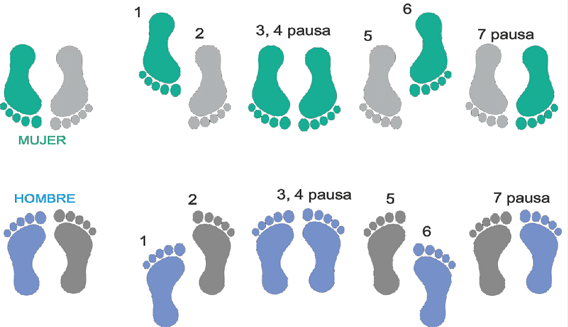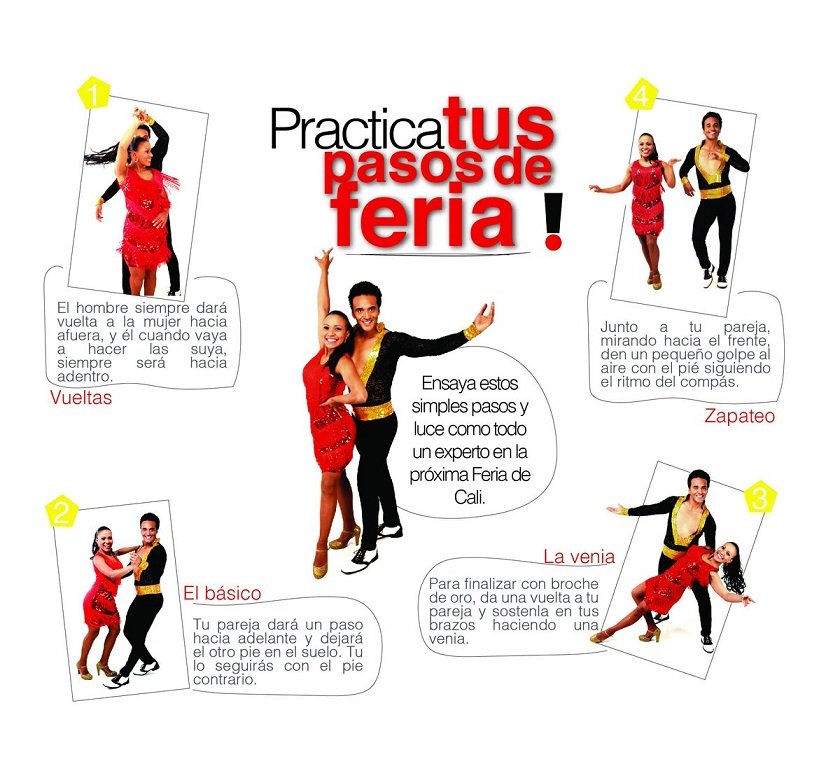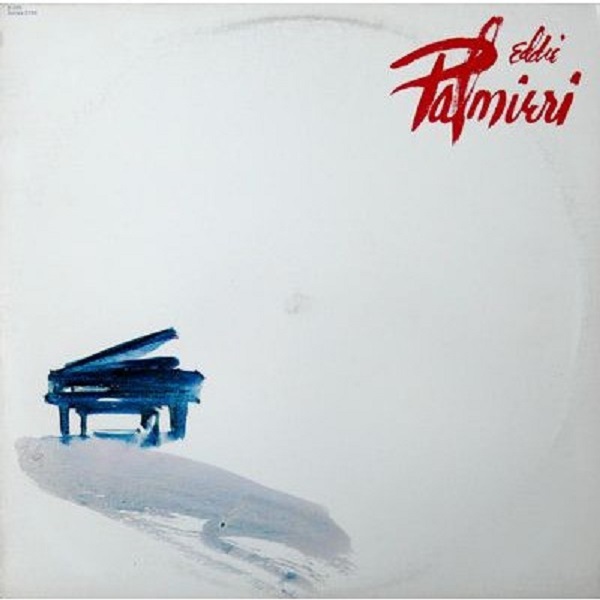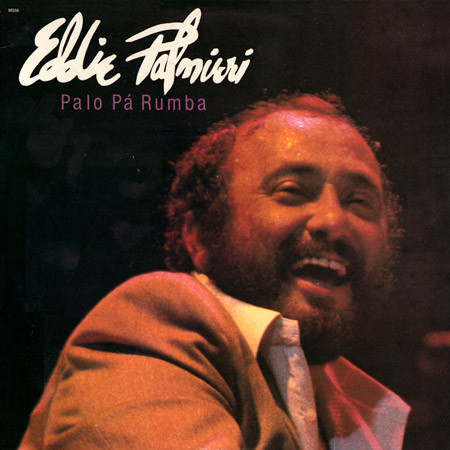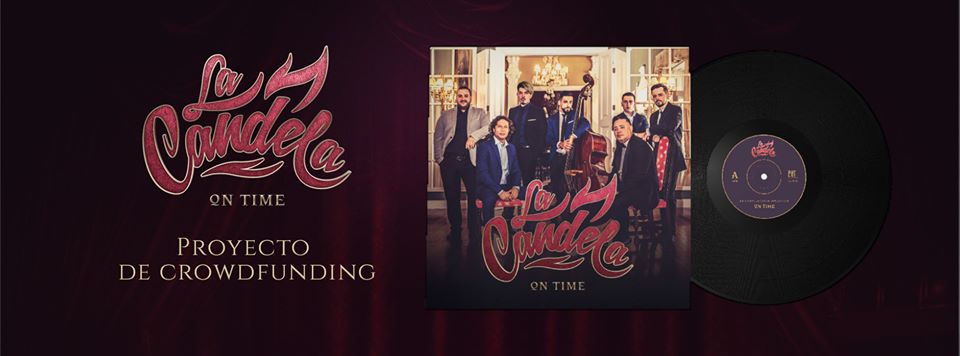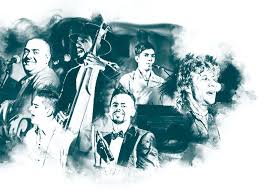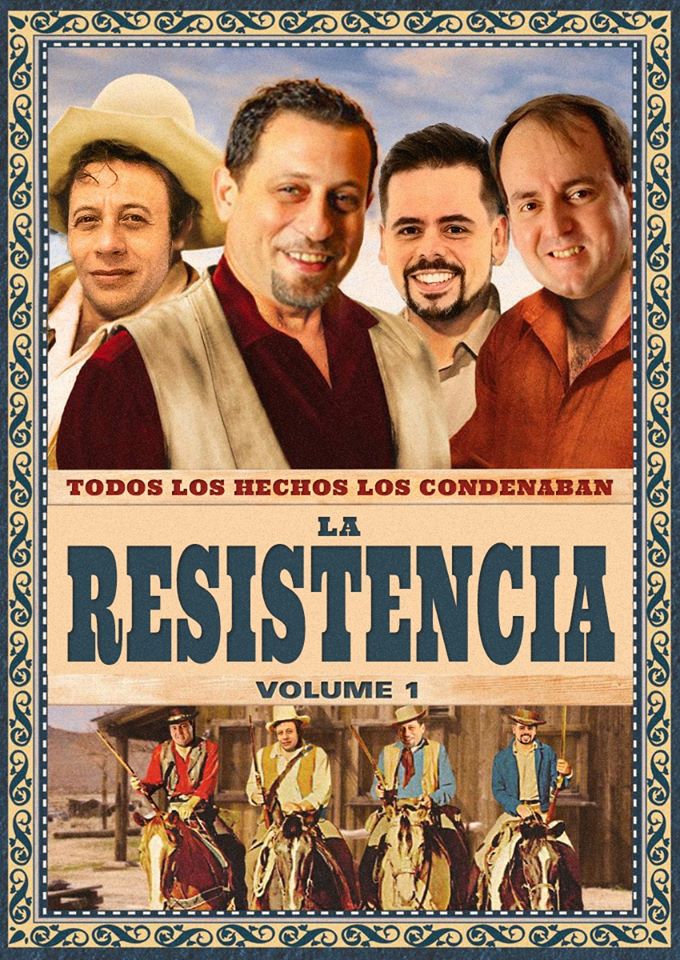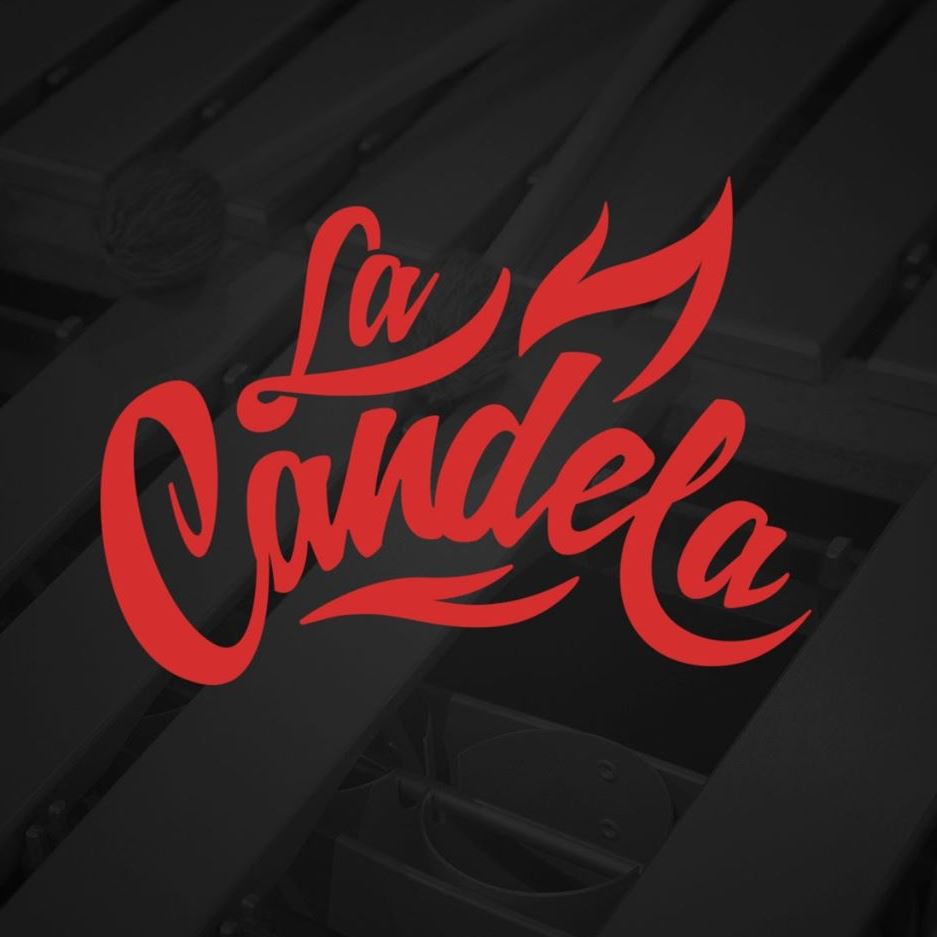Latino America / Colombia / Medellin
1 Cradle of Salsa Talents “Medellín dressed up with the Guaguancó Salsa Fest”

On July 10, 11 and 12 in Medellín, 3 days of great experiences were lived, we were part of the 1st edition of a great festival, the Guaguancó Salsa Fest, developed in the beautiful town of Envigado.

We were able to see a gala of great talents of dancers from all over the country, from Cali, Bogotá, Ibagué, Barranquilla, Popayán and local schools.


From the first day we were able to demonstrate the professionalism of soloists, couples and groups, from the largest to the stars of the festival, the smallest, who left the audience in shock with their talent.

Semifinals and finals were full of high-level choreographic samples, steps, turns, cleans, tricks and the best acrobatics filled the afternoons of that weekend with a great show, equally full of parties for the local celebrations in Envigado. The most attractive categories were those guided by acrobatics, the well-known Cabaret, children and adults showed their best tricks, movements of great technique and high level of complexity.


In future editions we will be showing the great results of the competitors, academies that have been working to give the best of their talent in the national and international competitions to which they have a place.


